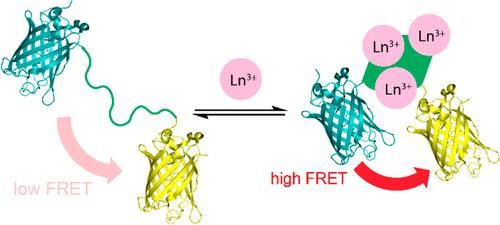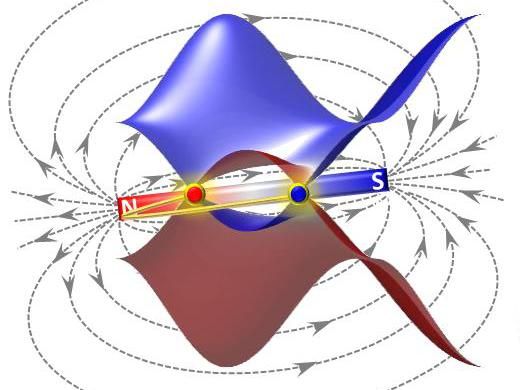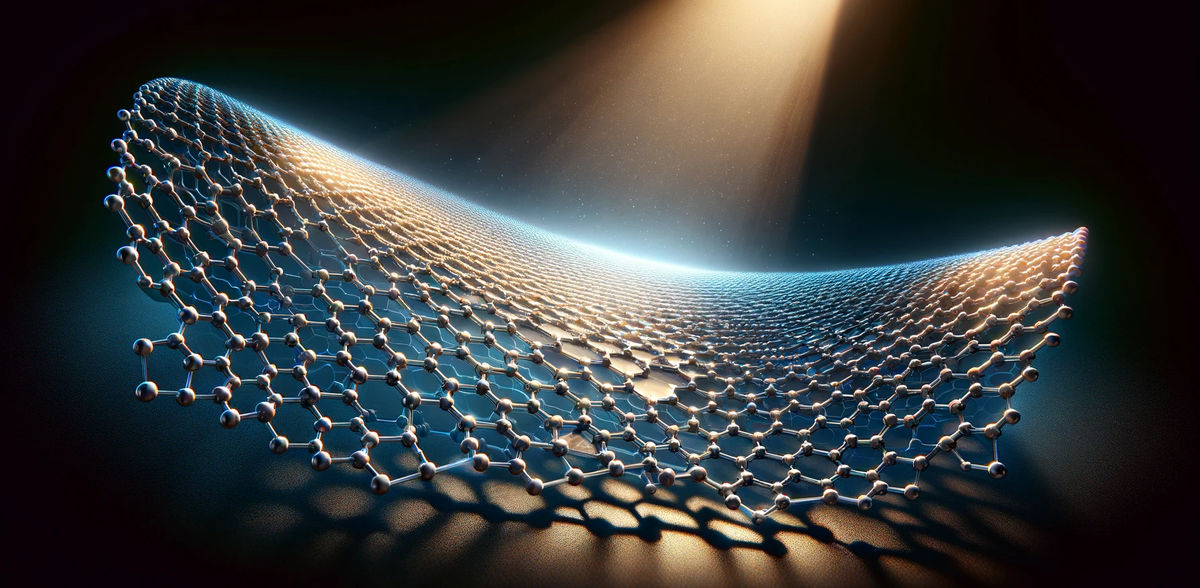Graphene's proton permeability: A switch for future energy technologies
This discovery could lead to the development of more efficient hydrogen fuel cells and solar water-splitting devices
Researchers from the National graphene Institute at the University of Manchester have discovered a way to use light to accelerate proton transport through graphene, which could revolutionise the way we generate hydrogen.
Proton transport is a key step in many renewable energy technologies, such as hydrogen fuel cells and solar water splitting, and it was also previously shown to be permeable to protons by Manchester scientists.
A new study published in Nature Communications has shown that light can be used to accelerate proton transport through graphene. Graphene is a single layer of carbon atoms that is an excellent conductor of both electricity and heat. However, it was previously thought that graphene was impermeable to protons.
The researchers found that when graphene is illuminated with light, the electrons in the graphene become excited. These excited electrons then interact with protons, accelerating their transport through the material.
This discovery could have a significant impact on the development of new renewable energy technologies. For example, it could lead to the development of more efficient hydrogen fuel cells and solar water-splitting devices.
"Understanding the connection between electronic and ion transport properties in electrode-electrolyte interfaces at the molecular scale could enable new strategies to accelerate processes central to many renewable energy technologies, including hydrogen generation and utilisation," said lead researcher Dr. Marcelo Lozada-Hidalgo.
Graphene, a single layer of carbon atoms is an excellent electronic conductor and, unexpectedly, was also found to be permeable to protons. However, its proton and electronic properties were believed to be completely unrelated. Now, the team measured both graphene’s proton transport and electronic properties under illumination and found that exciting electrons in graphene with light accelerates proton transport.
The smoking gun evidence of this connection was the observation of a phenomenon known as ‘Pauli blocking’ in proton transport. This is an unusual electronic property of graphene, never observed in proton transport. In essence, it is possible to raise the energy of electrons in graphene to such an extent that graphene no longer absorbs light – hence the ‘blocking’. The researchers demonstrate that the same blocking takes place in light-driven proton transport by raising the energy of electrons in graphene. This unexpected observation demonstrates that graphene’s electronic properties are important to its proton permeation properties.
Dr. Shiqi Huang co-first author of the work said, “We were surprised that the photo response of our proton conducting devices could be explained by the Pauli blocking mechanism, which so far had only been seen in electronic measurements. This provides insight into how protons, electrons and photons interact in atomically thin interfaces”.
“In our devices, graphene is being effectively bombarded with protons, which pierce its electronic cloud. We were surprised to see that photo-excited electrons could control this flow of protons”, commented Dr. Eoin Griffin co-first author.
Original publication
Original publication
S. Huang, E. Griffin, J. Cai, B. Xin, J. Tong, Y. Fu, V. Kravets, F. M. Peeters, M. Lozada-Hidalgo; "Gate-controlled suppression of light-driven proton transport through graphene electrodes"; Nature Communications, Volume 14, 2023-10-31
Topics
Organizations
Other news from the department science

Get the chemical industry in your inbox
By submitting this form you agree that LUMITOS AG will send you the newsletter(s) selected above by email. Your data will not be passed on to third parties. Your data will be stored and processed in accordance with our data protection regulations. LUMITOS may contact you by email for the purpose of advertising or market and opinion surveys. You can revoke your consent at any time without giving reasons to LUMITOS AG, Ernst-Augustin-Str. 2, 12489 Berlin, Germany or by e-mail at revoke@lumitos.com with effect for the future. In addition, each email contains a link to unsubscribe from the corresponding newsletter.
Most read news
More news from our other portals
Last viewed contents
Varian, Inc., and Oxford Instruments Open Life Sciences Lab Housing World's Most Powerful NMR Spectrometer

Physicists create giant trilobite molecules - Results are important to understand the chemical binding mechanisms of them, which is distinct from all other chemical bonds

New sensor detects rare metals used in smartphones






























































